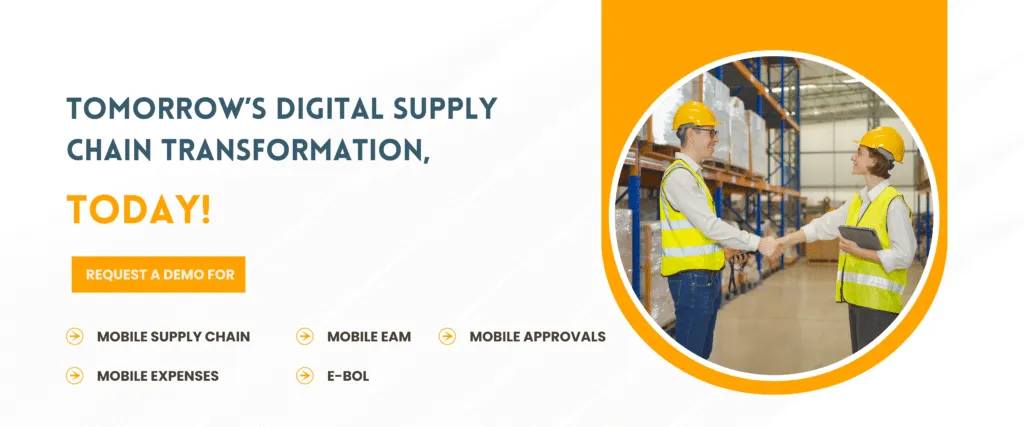
The importance of technology in shaping the future of work has become increasingly crucial in a time where the conventional boundaries of work are constantly changing. The emergence of mobile-connected workforce platforms has introduced a new era characterized by flexibility, efficiency, and collaboration. This blog delves into the most recent trends and advancements in mobile-connected workforce technology, providing valuable insights into the promising future of work.
The COVID-19 pandemic has accelerated the shift towards remote work, making collaboration tools a cornerstone of the mobile-connected workforce. Platforms like Slack, Microsoft Teams, and Zoom have become indispensable in fostering real-time communication, document sharing, and virtual meetings. The future promises even more immersive experiences with the integration of augmented reality (AR) and virtual reality (VR) technologies. Imagine a scenario where team members can collaborate in a shared virtual workspace, irrespective of their physical locations.
The use of AI and ML in mobile-connected workforce platforms is revolutionizing business operations. By enabling intelligent automation, these technologies streamline mundane tasks, improve decision-making, and offer valuable insights. AI-powered virtual assistants are growing more advanced and assist employees with a wide range of activities, from arranging meetings to intricate data analysis. As these technologies continue to advance, they will enhance the work experience, making it smoother and more efficient.
Robust Mobile Device Management solutions are essential due to the widespread use of mobile devices in the workplace. These solutions enable organizations to effectively secure and oversee mobile devices, ensuring adherence to security protocols. The implementation of 5G technology will further improve connectivity and responsiveness, enabling employees to access and exchange data at unparalleled speeds.
The workplace is being transformed by IoT, which connects devices and allows them to exchange data. In a mobile-connected workforce, IoT is essential for improving office spaces, promoting employee well-being, and boosting efficiency. Smart office technologies, like occupancy-based lighting and temperature control sensors, are only the initial step. Anticipate IoT to further shape the future workplace, resulting in smarter and more responsive environments.
Data and transaction security is of utmost importance in a workforce that is connected through mobile devices. The use of blockchain technology, which is decentralized and resistant to tampering, is increasingly being adopted to enhance the security of digital transactions. Whether it is safeguarding the reliability of sensitive documents or establishing a secure framework for financial transactions, blockchain is set to play a vital role in ensuring the security of the mobile workforce.
As organizations adapt to the changing landscape of mobile-connected workforce platforms, their approach to training and support also transforms. Augmented Reality (AR) is increasingly recognized as a valuable resource for creating immersive training experiences, particularly in industries that rely heavily on hands-on skills. Consider the scenario of technicians receiving detailed instructions through AR overlays while carrying out intricate tasks. This not only improves efficiency but also diminishes the necessity for physical presence, thereby enabling training to reach a global workforce.
The value of data has always been significant, but there is a growing advancement in the ability to effectively utilize and examine it. Workforce platforms that are connected to mobile devices are now integrating advanced analytics tools. These tools offer organizations immediate insights into employee productivity, collaboration patterns, and overall performance. By adopting this data-driven approach, businesses are empowered to make informed decisions and quickly adapt to evolving circumstances and market dynamics.
The future of work is undeniably entwined with the development of mobile-connected workforce technology. As we navigate these trends and advancements, it is evident that the traditional workplace is undergoing a significant transformation. Embracing these progressions not only cultivates a workforce that is more agile and adaptable but also establishes the foundation for a vibrant and interconnected global economy. The journey ahead holds the promise of an exhilarating fusion of technology and human potential, where the opportunities for innovation are boundless. So, buckle up – the future of work is here, characterized by mobility, connectivity, and a multitude of possibilities. Request a demo.
